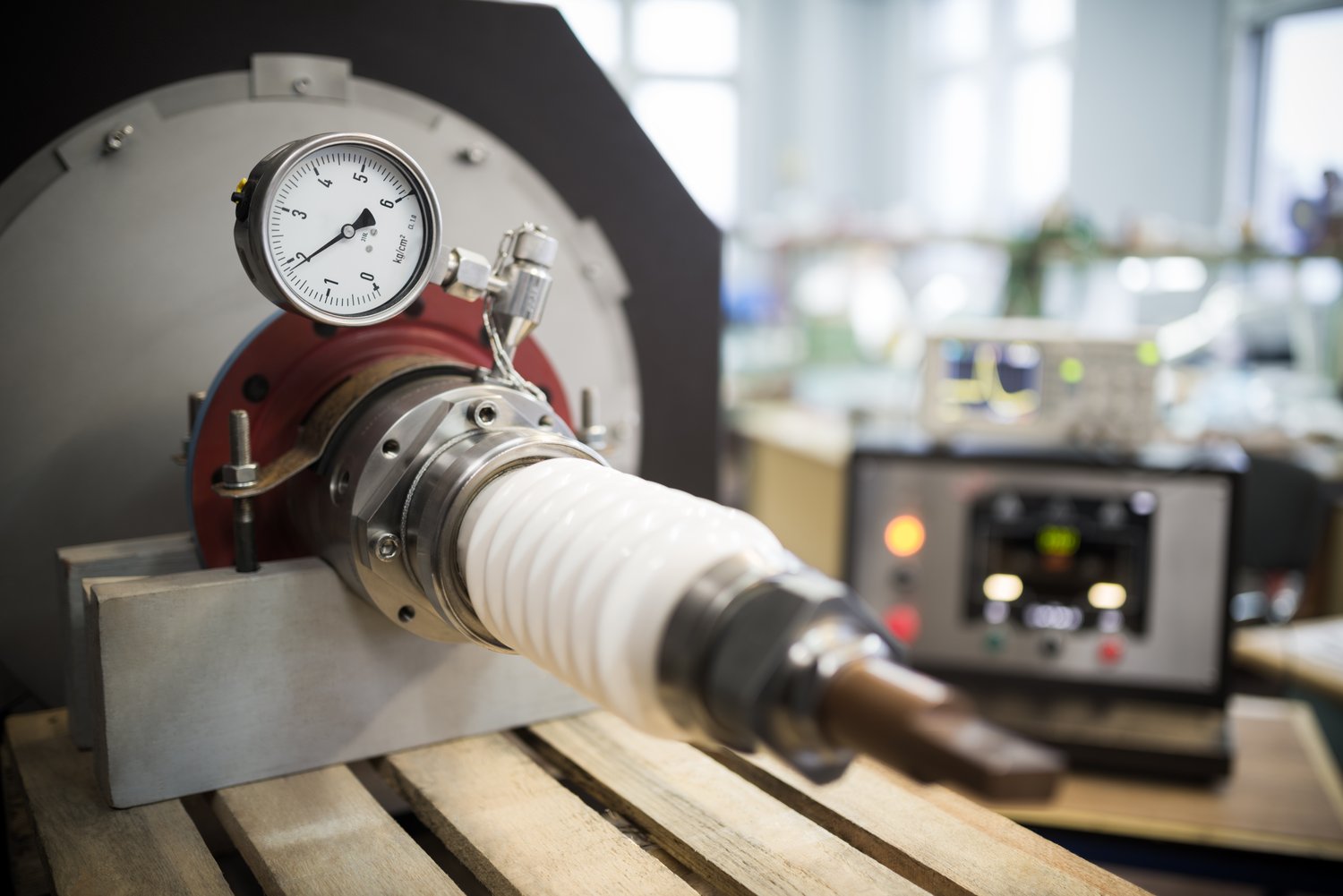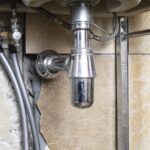Understanding pneumatic tools and their applications
Pneumatic tools are essential equipment in construction and maintenance. These devices use compressed air to operate, providing powerful and efficient performance. Pneumatic tools include a wide range of equipment, from nailers to grinders. They offer several advantages over traditional hand tools and electric-powered alternatives. These benefits include lighter weight, increased power-to-weight ratio, and the ability to work in wet conditions safely.
The most common types of pneumatic tools include nail guns, impact wrenches, and spray guns. Nail guns, or nailers and fittings, are widely used in construction and woodworking. Impact wrenches are crucial for automotive work and heavy-duty assembly tasks. Spray guns find applications in painting and coating operations. Each tool type serves specific purposes, enhancing productivity and precision in various industries.
Pneumatic tools require a reliable air compressor to function effectively. The size and capacity of the compressor depend on the tools being used. For instance, a small nail gun might need only 2-3 CFM (Cubic Feet per Minute) of air, while a large impact wrench could require up to 10 CFM. Proper maintenance of both the tools and the compressor is crucial for optimal performance and longevity.
Selecting the right pneumatic tools for your project
Choosing the appropriate pneumatic tools is crucial for project success. Consider the specific tasks you’ll be performing and the materials you’ll be working with. For woodworking projects, a brad nailer or finish nailer might be suitable. For heavy-duty construction, a framing nailer would be more appropriate. Always match the tool’s capabilities with your project requirements.
Air consumption is a critical factor when selecting pneumatic tools. Each tool has a specific CFM requirement, which must be met by your air compressor. For example, a typical framing nailer might require 2.2-2.5 CFM at 90 PSI, while a pneumatic sander could need 6-8 CFM at the same pressure. Ensure your compressor can handle the combined air consumption of all tools you plan to use simultaneously.
Consider the ergonomics and weight of the tools, especially for prolonged use. A lighter tool reduces operator fatigue and increases productivity. Some manufacturers offer tools with vibration-reduction technology, which can significantly improve user comfort. Additionally, look for tools with adjustable exhaust ports to direct air away from your work area and face.
Proper maintenance and safety practices for pneumatic tools
Regular maintenance is essential for the longevity and safe operation of pneumatic tools. Clean your tools after each use, removing any debris or dust. Lubricate moving parts according to the manufacturer’s recommendations, typically using air tool oil. Inspect air hoses regularly for leaks or damage, and replace them if necessary. These simple steps can significantly extend the life of your tools and ensure consistent performance.
Safety should always be a top priority when using pneumatic tools. Wear appropriate personal protective equipment (PPE), including safety glasses, hearing protection, and work gloves. Never exceed the maximum pressure rating of your tools, which is typically around 90 PSI for most handheld pneumatic devices. Always disconnect the air supply when changing accessories or performing maintenance on the tools.
Proper storage of pneumatic tools is crucial for their longevity. Store them in a dry, clean environment to prevent rust and corrosion. Use tool cases or dedicated storage solutions to protect them from dust and physical damage. Before storage, drain any moisture from the air lines and tools to prevent internal rusting. Following these practices will ensure your pneumatic tools remain in top condition for years to come.
Expanding your pneumatic tool collection
As you become more comfortable with pneumatic tools, consider expanding your collection to tackle a wider range of tasks. Other air tools like pneumatic sanders, grinders, and drills can significantly boost your productivity. For instance, a pneumatic sander can cover large surfaces quickly, with less fatigue compared to electric models.
Pneumatic staplers and upholstery tools are excellent additions for woodworking and furniture restoration projects. These tools can handle delicate fabrics and thin materials with precision. For automotive work, consider adding a pneumatic ratchet or impact wrench to your toolkit. These tools can make quick work of stubborn bolts and nuts, saving time and effort.
When expanding your collection, consider purchasing a larger air compressor to accommodate multiple tools. A 20-gallon compressor with 5-6 CFM at 90 PSI can handle most small to medium-sized pneumatic tools simultaneously. This upgrade allows for more efficient workflow and reduces downtime waiting for the compressor to recover air pressure.





